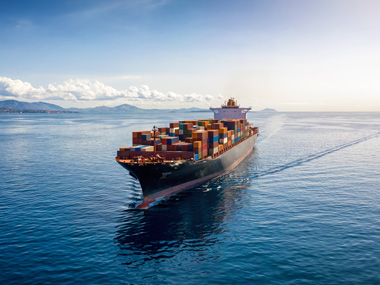New sanctions against Russia
The Biden administration has recently intensified sanctions against Russia, aiming to isolate its financial system and military-industrial base further. On November 21, 2024, the US sanctioned numerous Russian banks, including Gazprom Bank, to sever the remaining ties between the US and Russian financial systems. Additionally, the administration is considering stricter measures to weaken Russia's oil industry. These potential new sanctions come just a month before Trump takes office.
This time, the focus is on directly targeting exports rather than limiting the price Russia receives, as the price cap approach has proven relatively ineffective. The proposed measures resemble sanctions currently imposed on Iran. Sanctions are being tightened because the market is less strained, reducing the risk of significantly rising prices. However, whether Trump will maintain these new sanctions once in office remains unclear.
Last week, the EU also approved its 15th sanctions package against Russia, further intensifying measures in response to the ongoing conflict in Ukraine. The new sanctions specifically target approximately 50 vessels in Russia's "shadow fleet," which have been instrumental in circumventing existing oil and fuel transport restrictions. Additionally, the EU has expanded its list of sanctioned individuals and entities, including those from third countries assisting Russia in evading export controls and bolstering its military capabilities.
Finally, it was reported yesterday that 12 Northern European countries, including the Nordic and Baltic states, Germany, the Netherlands, and the United Kingdom, will begin checking the insurance status of Russian vessels as they transit key routes, including the Danish straits and the Oresund. Estonia’s prime minister stated that the goal is to deter sanctions violations and increase costs for Russia.
However, there are no immediate consequences if ships refuse to disclose their insurance status or do not allow inspections onboard. It is important to note that the Danish straits, among others, are considered international waters. The United Kingdom has a similar system in the English Channel, where one vessel out of 43 contacted has been sanctioned for refusing inspection.







